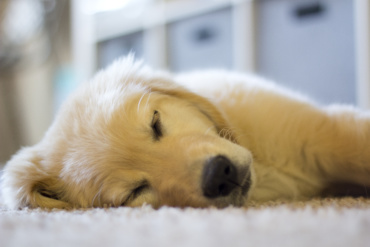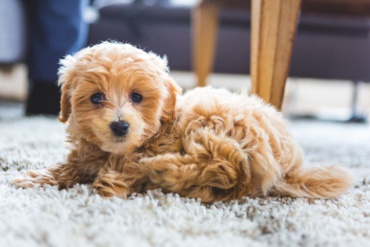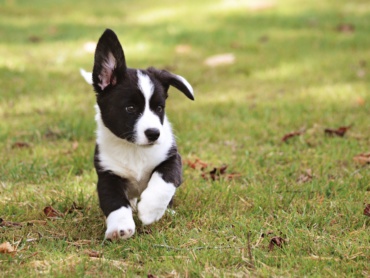Article originally published on Yummypets. Written by Clarie Aert. Refer to the original article here.
The first night with your new puppy can be challenging, not least because you want to snuggle them and protect them from their fears. However, managing the first night is crucial and can define the base of their education and life with you.
The first night with your new puppy is both exciting and challenging. From feelings of enormous love and delight with the newest addition to your family, to managing their fears in their new environment, it’s important to remember some longer-term objectives about how you want them to assimilate. And what kind of relationship you want with them in the future!
The first night with your new puppy
Come night time, both you and your new puppy will probably want to snuggle together and sleep in the same bed. In fact, they’re likely to cry and moan if they’re not cuddled up with you. It’s probably the first night they’ve spent in a new environment, away from their mother and siblings. And it’s likely to make you feel immense guilt not responding to their cries.
However, it’s important to respect two fundamental rules in ensuring your puppy adapts well to its new life and home, by 1. Not giving in when it counts, and 2. Providing your puppy with a safe, quiet and cosy environment for them to spend the night.
Learning to say no
You are in charge of your new puppy and the relationship you build together. Therefore, it is your job to guide and educate them just as much as you provide them with love, food and shelter.
While giving treats and spoiling your puppy from time time is okay (after all, there’s nothing more wonderful than giving back to our fur friends), it’s also very common for owners to spoil their new puppy and give in to their every need.
A loving, safe and comfortable environment is most certainly the primary objective when adopting a new puppy. However, if you don’t set some boundaries when they are little, they won’t understand why they are unable to do certain things that they once could – even if only from time to time.
This can be very confusing for the animal as they grow up and can lead to various behavioural problems. So it’s important to be firm but kind from the start.
A cozy corner
The place you settle your puppy’s bed for the first night must be comfortable, secure and quiet. Make sure they are able to bury themselves under blankets and pillows to feel warm and protected.
If available to you, you can leave them with a blanket with the smell of their mother or the place they used to live. Even an item of your clothing with your smell on it will be familiar to them.
You may also like to provide them with a stuffed animal on which they can chew if they’re feeling stressed. A ticking clock placed nearby may even help to remind them of their mother’s and sibling’s heartbeat.
So, find the perfect place for your new puppy, shower them with unconditional love at all times, and be the parent they need and want you to be so you can build the most rewarding, wonderful relationship possible.
Now go snuggle that pup of yours!


